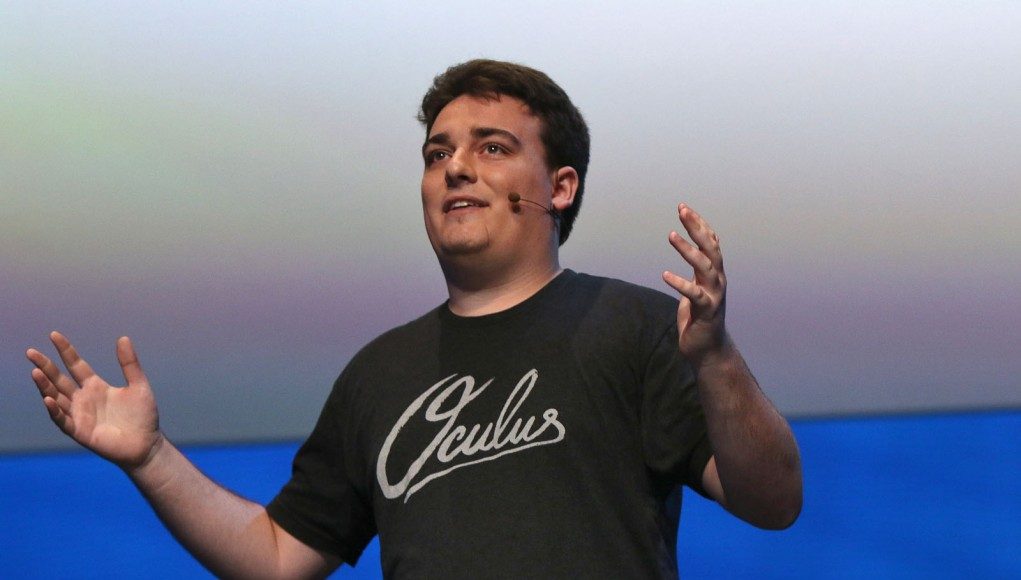Oculus’ founder Palmer Luckey, who left the company in March, recently opened up on record for the first time in an interview since September 2016. Among a range of topics discussed, Luckey spoke of the timeline of future VR headsets from major hardware players.
Luckey was a long time tinkerer of head mounted displays prior to building the first Rift prototypes which lead to him founding Oculus and taking the Rift to Kickstarter in 2012 for what would become a wildly successful crowdfunding campaign. At the time he teamed up with Brendan Iribe who would fill the company’s CEO role, and, while Luckey didn’t hold any of the company’s executive positions, he was a key figure for the company externally and an important stakeholder internally where he held an engineer-like role as he oversaw the company’s growth and eventual acquisition by Facebook in 2014.
Luckey stuck with Oculus under Facebook for several years, but after the reveal of a polarizing political stance and a major lost lawsuit—brought by a company which Oculus was involved with in its early days—news broke that he had left the company in March.
Now outside of Oculus and Facebook, Luckey recently went on record in a series of interviews with Japanese VR publication MoguraVR—which have been translated for Road to VR—during which, among other things, he spoke about his expectation for the future of VR hardware.

Certainly unable to reveal the specifics of what Oculus and Facebook’s forward-looking plans are, Luckey spoke generally but did offer up his expected timeline for the next generation of VR headsets, something which VR early adopters are eagerly looking forward to. Despite last week’s introduction of new VR displays from Samsung suitable for the Rift and Vive, Luckey doesn’t expect that we’ll see the launch of major hardware revisions over the next 12 months from any of the high-end headset makers already in the market (that would include the Oculus Rift, HTC Vive, and PlayStation VR):
[…] There will be no big movements in [the next 12 months*]. The hardware will not change. Of course there might be hardware from new companies entering the market, but the hardware of the major players in the market will stay the same.
In that way the next 12 months will be rather uninteresting for VR users that are just waiting for the next hardware generation. It is going to be the time of content and applications. But for VR developers and enthusiasts it will still be a very exciting 12 months. I think there also will be some announcements and new prototypes.
12 months from the time of this quote would push things out to May 2018 or so.
Luckey doesn’t seem to be ruling out that we could see announcements of new hardware and maybe even a look at some prototypes within the next 12 months, but he doesn’t expect that any next-gen headsets will launch from the major players within that timeframe.
This roughly affirms what we’ve heard from other key figures in the VR space. Oculus’ own Brendan Iribe—the company’s CEO up until the end of 2016 (now head of Oculus’ PC VR team)—said back in March that the Rift is unlikely to be superseded by a new version for “at least the next two years,” putting his timeline for a next-gen Rift / Rift 2 well into 2019.
Similarly, HTC’s China Regional President of Vive, Alvin Wang Graylin, told us back in January that he expects next-gen headsets to come in one to three year cycles—more slowly than we’ve typically seen in the smartphone space where a hardware refreshes comes every 12 months or so.







